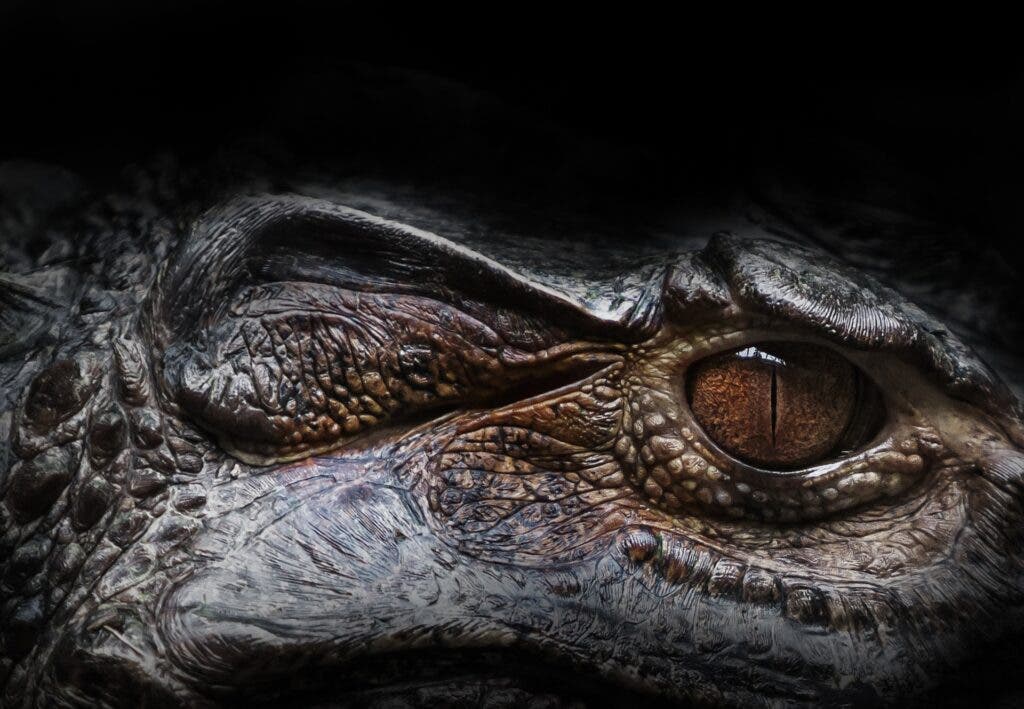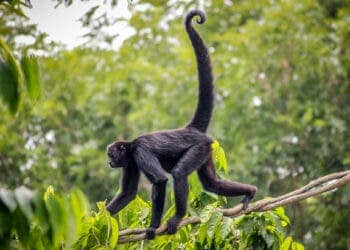Young alligators sometimes lose their tails, but they can grow them back to a certain extent, a new study reports. Each animal can regrow around three-quarters of a foot of tail, roughly equivalent to one fifth of their total body length.

The team used advanced imaging techniques to determine whether alligators have the same type of regenerative tissues known in smaller species of reptiles. Lizards, for example, have evolved to have detachable tails that can regrow, which they use to escape predators. But alligators are very large animals, potentially reaching up to 14 feet, and it was unknown how that difference in scale reflects on their regenerative abilities.
Taily tales
“The spectrum of regenerative ability across species is fascinating, clearly there is a high cost to producing new muscle,” said Jeanne Wilson-Rawls, co-senior author and associate professor with Arizona State University’s (ASU) School of Life Sciences.
“What makes the alligator interesting, apart from its size, is that the regrown tail exhibits signs of both regeneration and wound healing within the same structure,” said Cindy Xu, lead author of the paper. “Regrowth of cartilage, blood vessels, nerves, and scales were consistent with previous studies of lizard tail regeneration from our lab and others,” she said. “However, we were surprised to discover scar-like connective tissue in place of skeletal muscle in the regrown alligator tail.”
Alligators and humans both belong to the amniote group, related species who all have a spine or backbones. Lizards do, as well. Understanding more about the natural regeneration processes of these species could point the way towards better ways of repairing our own bodies after damage.
By studying the anatomy and tissue organization of regrown alligator tails, the team found that they were made up of a central skeleton of cartilage surrounded by connective tissue. The tails were fully irrigated with blood vessels and had nerve bundles, meaning they were fully-functional tails. The sheer scale and complexity of these regrown body parts after were surprising, the team adds, and goes a long way towards our understanding of regeneration processes in larger amniotes. It also raises questions about the history of such processes, and about their possibilities in the future.
For example, the team notes that alligators and birds both split off from dinosaurs around 250 million years ago, but birds lost their ability to regenerate while alligators did not. We’re not exactly sure when, or why, this happened. The authors note that existing literature makes no mention of dinosaur fossils with regrown tails.
But perhaps of more immediate concern for most of us is whether the findings have practical use. The team says it lays the groundwork for new therapies meant to heal wounds or treat diseases such as arthritis.
“If we understand how different animals are able to repair and regenerate tissues, this knowledge can then be leveraged to develop medical therapies,” said Rebecca Fisher, co-author of the paper.
The paper “Anatomical and histological analyses reveal that tail repair is coupled with regrowth in wild-caught, juvenile American alligators (Alligator mississippiensis)” has been published in the journal Scientific Reports.






